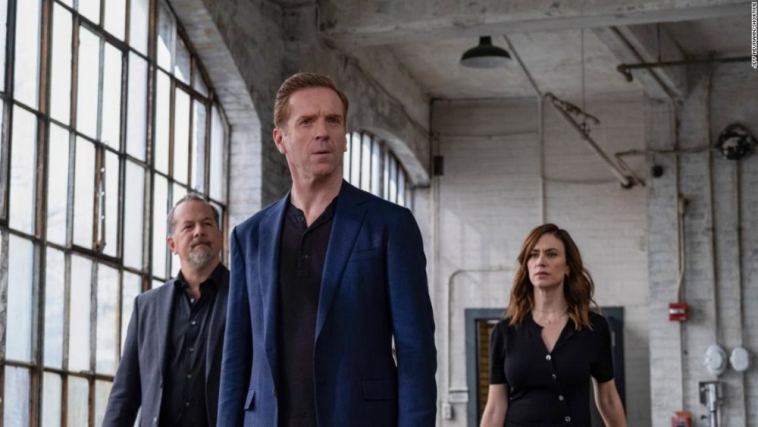- Like
- SHARE
- Digg
- Del
- Tumblr
- VKontakte
- Flattr
- Buffer
- Love This
- Save
- Odnoklassniki
- Meneame
- Blogger
- Amazon
- Yahoo Mail
- Gmail
- AOL
- Newsvine
- HackerNews
- Evernote
- MySpace
- Mail.ru
- Viadeo
- Line
- Comments
- Yummly
- SMS
- Viber
- Telegram
- JOIN
- Skype
- Facebook Messenger
- Kakao
- LiveJournal
- Yammer
- Edgar
- Fintel
- Mix
- Instapaper
- Copy Link
HubSpot raised 5 rounds of private funding, followed by an IPO.
Not a single one of our pitches made any mention of an “exit strategy”.
There is a very simple reason for this: We never really had one.
— dharmesh (@dharmesh) March 23, 2021
There are 1000 reasons not to have an Exit Strategy when you are doing a start-up. Perhaps the #1 reason though is that acquisitions are … weird and unpredictable. You literally have almost no idea if any Big Tech company really will ever want to buy you.
What do I mean? Most deals you see on TechCrunch do seem logical and even obvious. Salesforce buying Slack? Get it. It gets them into the communication flow for business. Twilio buying Sendgrid and Segment for billions? Check. Get it. Those are great adjacent API leaders at scale. An obvious fit.
It all makes sense.
It’s just, once you see how it really gets done, you see a few non-obvious things:
- For every acquisition, there are 10 others just as good they could have done. Salesforce bought Slack, but why not Coupa? That for the same money might have been an easier cultural fit. Microsoft bought Minecraft, but wouldn’t Roblox have been a better fit, even back then? Atlassian bought Trello, which was brilliant. But perhaps it could have bought Asana instead, which would have also been brilliant. Or even Wrike.
- CEO priorities change (albeit not rapidly). CEOs drive the billion+ deals. And their priorities don’t tend to change every year. But they do change.
- SVP priorities change fairly rapidly. They also often leave. SVPs, the ones that tend to drive $50m-$500m deals, turn over. Or get promoted. Or join other companies. Or run new divisions. Their top priorities can change even annually. Along with the startups they’d like to buy.
- The M&A list for BigCos is smaller and tighter than you’d think. Top public companies have M&A lists they keep. The lists are shorter, and more focused, than you’d think. There generally are only 10 or so break-out vendors they’d like to buy per CEO and SVP.
- It takes a while for many tech cos. to warm up to big deals. Salesforce started with tiny M&A and took years to build up to big deals. Zoom hasn’t done any big acquisitions yet, and Shopify really has only done one.
- BigCos don’t buy that many startups. There are 500+ Cloud and SaaS unicorns today. Only a handful of $1B+ acquisitions happen each year, however. So statistically, fairly few unicorns are going to get acquired by a Big Tech Co for billions.
What’s much more predictable, and somewhat wonderfully so, is Private Equity’s M&A actitivies. The big Private Equity firms like Vista, Thoma Bravo, and even Insight, TPG and others now regularly buy SaaS companies for $100m-$10B. Almost every week it seems. Some great recent examples here:
- Pipedrive acquired by Vista for $1.5B
- Thoma Bravo acquires Sophos for $3.8B
- Insight Partners buys Veam for $5B
- Gainsight sells a majority interest to Vista at $1.1B valuation
PE firms aren’t as focused on that synergy with the CEO’s or SVP’s goals, and simply want higher quality revenues. That’s about it.
So as you scale in SaaS today, you can reliably predict that a top PE firm might be interested in acquiring you as you break out and pass $10m ARR and beyond.
But can you predict Salesforce, or Shopify, or Zoom, or Adobe, or Microsoft, will want to buy you?
Not really.
In fact, assume they won’t. No matter how strong the synergy looks on paper.
You really have no idea what their Top 10 M&A priorities really are. And nothing else really gets acquired.


